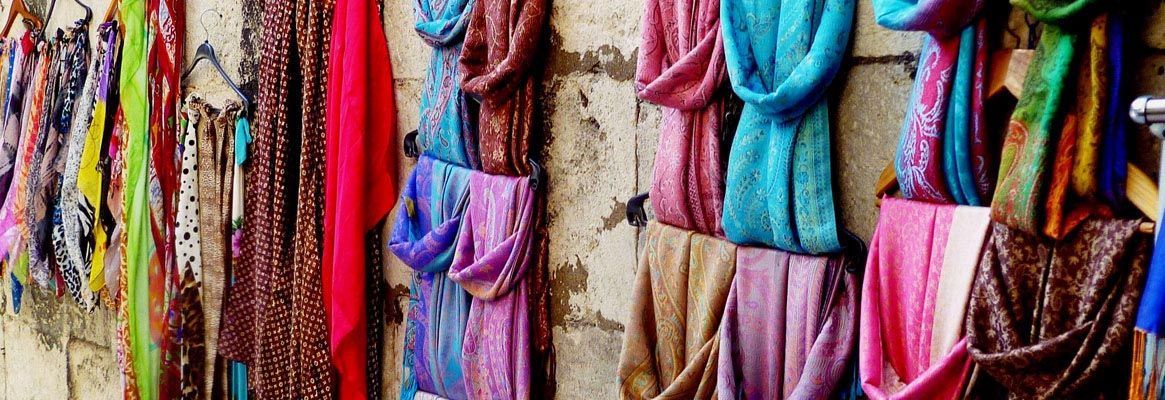Trends of Textile Exports of Pakistan

Pakistan has dynamic, vigorous and export oriented textile industry that has an overwhelming impact on economy. Textile being largest industrial sector generates the country's highest export earnings; providing the bulk of employment (nearly 39%) to largely under utilized workforce, and contributes nearly 8.5% to GDP. [2]
Pakistan is the 4th biggest cotton producer in the world. 9 million bales of cotton were produced in year 2008, which accounts just under 8% of the total world's production.[4] In addition to that, Pakistan has 1221 ginning factories, 445 spinning mills, nearly 550 weaving units, over 700 textile processing units and 5000 garment units. [2]
During the year 2007-08 the export of textile group were just over 55% of the total exports of Pakistan. [1] History shows a continuous increasing trend in the export of textile group. (Fig. 1)

Figure 1: Total Exports Vs Textile group exports
Textile group has enjoyed more than half of the total exports of Pakistan from last many years. (Fig. 2)

Figure 2: % Textile group exports Vs other products
As for as the export is concerned, the textile group is divided into 9 sub groups. Almost each group shows an increasing trend of exports. But year 2007-08 seems not to be good. Garments, Made-ups, Fabrics and Yarn seem to carry prominent positions. While none of the rest has more than 5% share (Fig. 3)

Figure 3: Exports of textile group components
Garments has remained almost 1/3rd of the total exports while Made-ups, Fabrics and yarn have on average 23%, 21% and 14% share simultaneously. (Fig. 4)

Figure 4: %age share of textile group components
Yarn does not seem to have a clear increasing or decreasing trend. One of the reasons might be the increase of in-house usage of yarn due to the development of new weaving, textile processing and garment industries. Fabric export has a clear increasing trend other than in 2006-07. Made-ups have been growing on a remarkable pace. However, the growth in garments was extraordinary. (Fig. 5)

Figure 5: Trends of prominent textile group components
Garments and Made-ups, the value added products, collectively enjoy just more than 50% exports of the textile group. This sector has incredible growth in previous years. Pakistan should focus more to develop this sector.
References:
- TDAP (Trade Development Authority of Pakistan)
- IIN (Industrial Information Network)
- USDA ( United States Department of Agriculture)
- "State of cotton production in Pakistan" by Dr; Tanveer Hussain
About the Authors
The authors are associated with Ecole Nationale Suprieure des Arts et Industries Textile, (ENSAIT) France.






